How to train a service dog the right way? Discover 10 powerful steps to train a service dog effectively, including basic obedience, socialization, task training, and expert tips for long-term success.
Introduction
If you’ve ever wondered how to train a service dog, you’re not alone. Service dogs are more than just pets; they are life-changing companions trained to assist people with disabilities, providing independence, safety, and emotional support. Training a service dog is no small task—it requires patience, consistency, and a structured approach.
In this comprehensive guide, we’ll break down 10 powerful steps on how to train a service dog effectively, from choosing the right puppy to advanced task training. Whether you’re a dog lover, a future service dog handler, or someone simply curious, this article will help you understand the process in depth.
Why Learning How to Train a Service Dog Matters
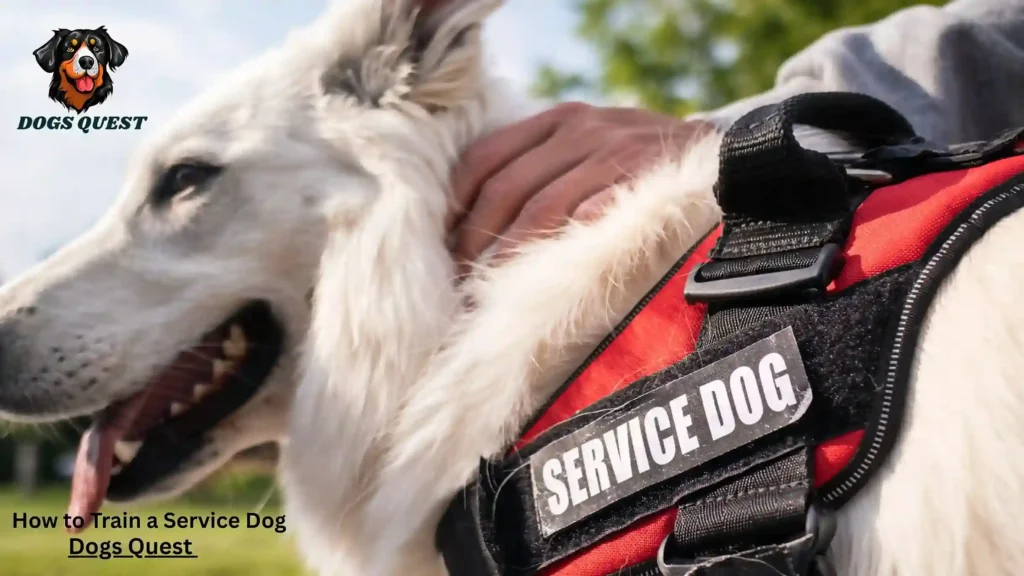
Training a service dog isn’t like teaching your regular pet tricks. These dogs are trained for highly specialized tasks such as:
- Guiding visually impaired individuals
- Alerting to seizures or blood sugar changes
- Assisting with mobility tasks
- Providing psychiatric support
Knowing how to train a service dog properly ensures that they can perform these vital tasks reliably. An improperly trained service dog might struggle in public, fail to assist in emergencies, or even put their handler in danger.
Choosing the Right Dog for Training
Not every dog is suited for service work. To begin learning how to train a service dog, you need to select a dog with the right temperament and health.
Key Qualities of a Good Service Dog Candidate:
- Calm and steady temperament
- Strong focus and willingness to learn
- Non-aggressive behavior
- Excellent health with no genetic disorders
Breeds like Labrador Retrievers, Golden Retrievers, and German Shepherds are often chosen because they excel in learning and socialization.
Start with Early Socialization
The foundation of how to train a service dog begins with socialization. A service dog must remain calm in different environments, around people, and even other animals.
Tips for Socializing Your Service Dog:
- Introduce them to different sounds, smells, and sights
- Take them to public places (parks, stores, buses)
- Allow them to meet children and adults of all ages
- Ensure positive reinforcement during new experiences
This early training ensures your dog won’t be startled or distracted while working.
Basic Obedience Training
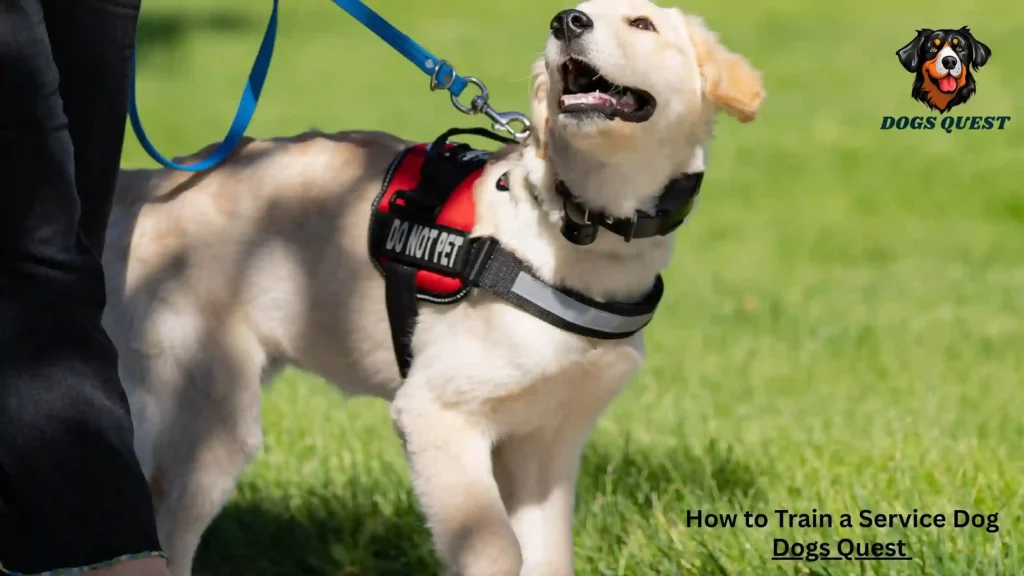
Before advanced skills, your dog must master basic obedience. This is a non-negotiable step in how to train a service dog effectively.
Commands to Teach First:
- Sit
- Stay
- Down
- Come
- Heel
These commands help your dog remain focused, safe, and controlled in all environments.
Task-Specific Training
Now comes the exciting part—teaching your dog specialized tasks. The specific tasks depend on the handler’s disability.
Examples of Service Dog Tasks:
- Guide Dogs: Help navigate obstacles
- Hearing Dogs: Alert handlers to sounds like alarms or doorbells
- Medical Alert Dogs: Detect blood sugar changes or impending seizures
- Psychiatric Service Dogs: Provide grounding during panic attacks
The more reliable the task training, the more helpful the service dog becomes.
Public Access Training
A crucial part of learning how to train a service dog is public access training. Your service dog must be well-behaved in all public settings.
Public Training Essentials:
- Staying calm in crowds
- Ignoring distractions (food, other animals)
- Walking politely on a leash
- Settling under tables in restaurants
This ensures your service dog can accompany you anywhere legally permitted.
Use Positive Reinforcement
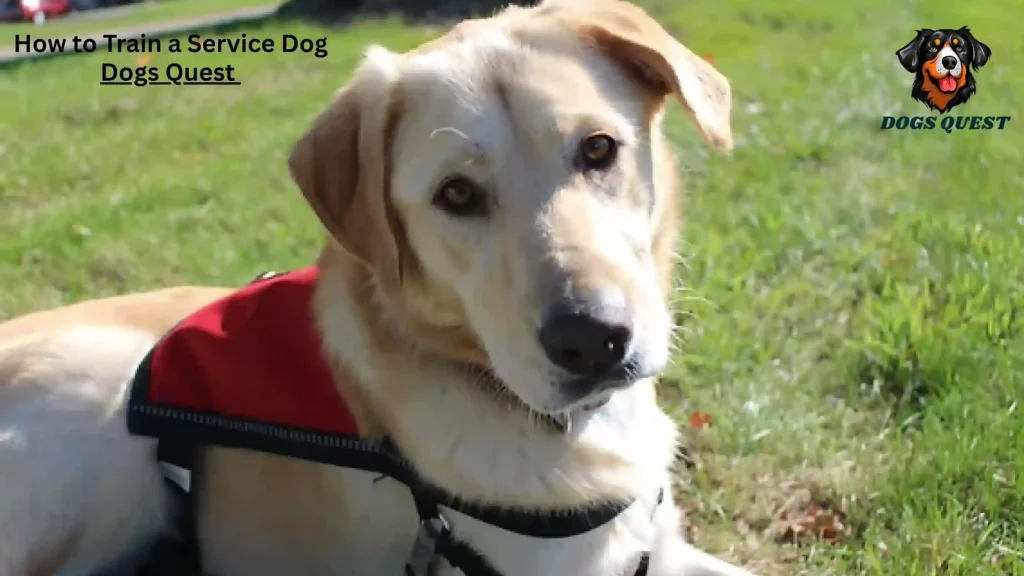
Positive reinforcement is one of the most effective methods when learning how to train a service dog. Instead of punishment, reward your dog for good behavior.
Reward Types:
- Treats
- Praise
- Playtime
- Extra affection
This approach builds trust and motivation in your dog.
Consistency and Patience Are Key
Consistency is what separates successful training from failure. If you want to master how to train a service dog, stick to a schedule and use the same commands.
Pro Training Tip:
Dogs thrive on repetition. Training 10 minutes twice a day is better than one long, inconsistent session.
Certification and Testing
While not legally required in all countries, certification ensures that your service dog meets public access standards. This step proves that you understand how to train a service dog to professional levels.
Organizations like the American Kennel Club’s Canine Good Citizen Test (CGC) are great benchmarks.
Ongoing Training and Maintenance
Training never truly ends. Even after mastering tasks, a service dog requires regular refreshers. A well-trained handler knows how to train a service dog continuously to maintain reliability.
Schedule periodic training sessions to reinforce skills and correct any bad habits.
Bonding with Your Service Dog
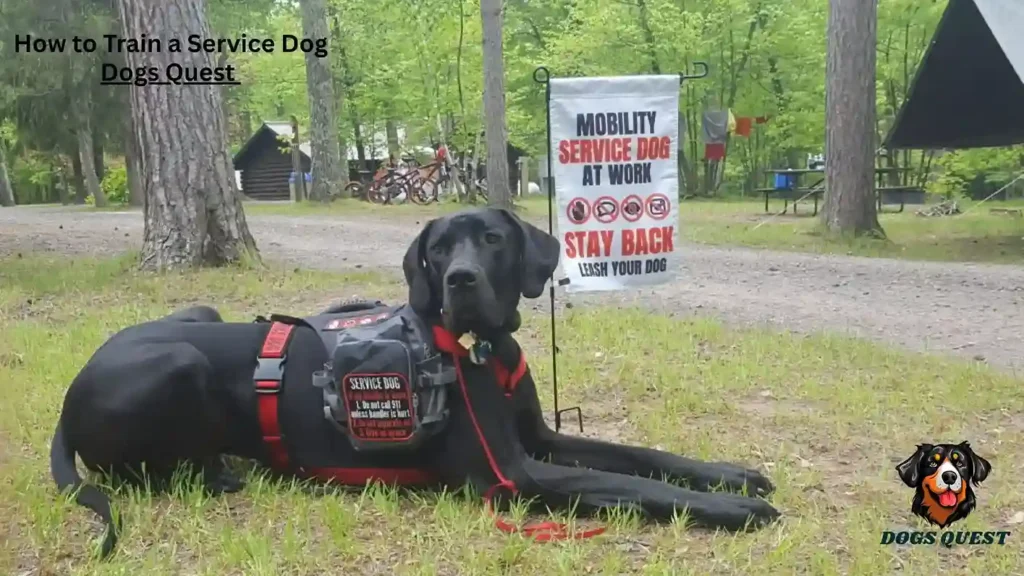
The emotional connection between you and your dog is vital. The deeper the bond, the better your dog will perform tasks.
Ways to Strengthen Your Bond:
- Spend quality time outside of training
- Play interactive games
- Use gentle touch and praise
This step may not seem technical, but it’s one of the most powerful secrets in how to train a service dog successfully.
Common Mistakes in Training a Service Dog
Even with the best intentions, some mistakes can slow down progress. When learning how to train a service dog, avoid these pitfalls:
- Inconsistent commands
- Lack of socialization
- Using punishment instead of rewards
- Skipping public access practice
- Rushing advanced tasks before mastering basics
Final Thoughts
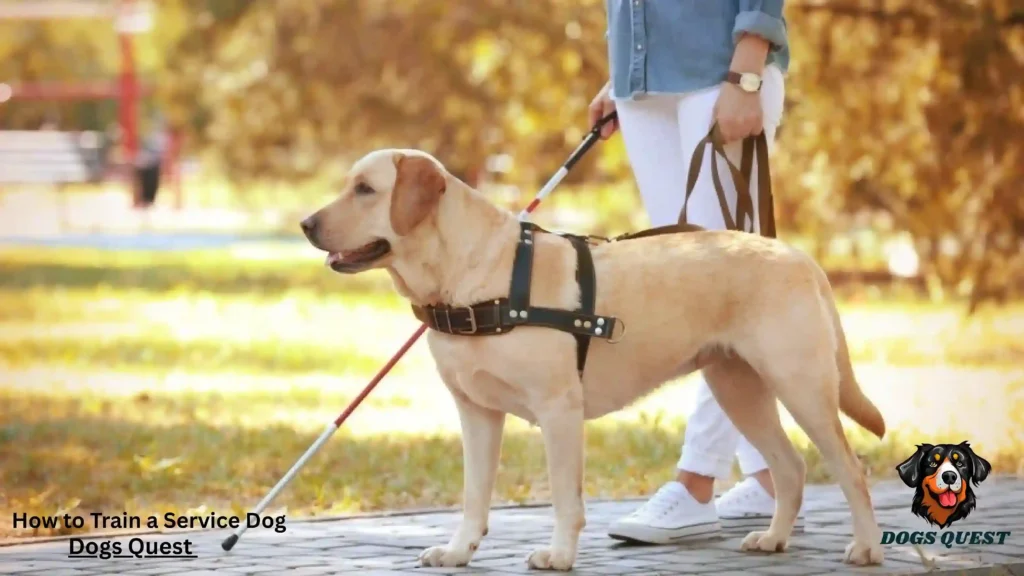
Learning how to train a service dog is a long but rewarding journey. By following these 10 powerful steps, you’ll ensure your dog becomes a reliable companion capable of life-saving tasks. Remember: patience, consistency, and love are at the heart of every successful service dog training journey.
A well-trained service dog not only changes the life of its handler but also demonstrates the extraordinary bond between humans and dogs.
FAQs About How to Train a Service Dog
Q1. How long does it take to train a service dog?
Training a service dog usually takes 12 to 24 months. The timeline depends on the dog’s age, temperament, the tasks required, and how consistent the training schedule is.
Q2. Can I train my own service dog at home?
Yes, you can train your own service dog at home. With patience, consistency, and the right techniques, many owners successfully train their dogs. However, professional trainers may be helpful for advanced or specialized tasks.
Q3. What age should I start training a service dog?
The best age to begin training is 8–12 weeks old. Puppies at this stage learn quickly and adapt to socialization better. That said, older dogs can also be trained if they have the right temperament.
Q4. Do service dogs need certification?
Legally, service dogs in most countries do not require certification. However, voluntary tests like the Canine Good Citizen (CGC) test can validate your dog’s skills and make public access smoother.
Q5. What’s the difference between a service dog and an emotional support animal?
A service dog is trained to perform specific tasks that assist with a disability, while an emotional support animal (ESA) offers comfort but does not have specialized training or the same public access rights.

